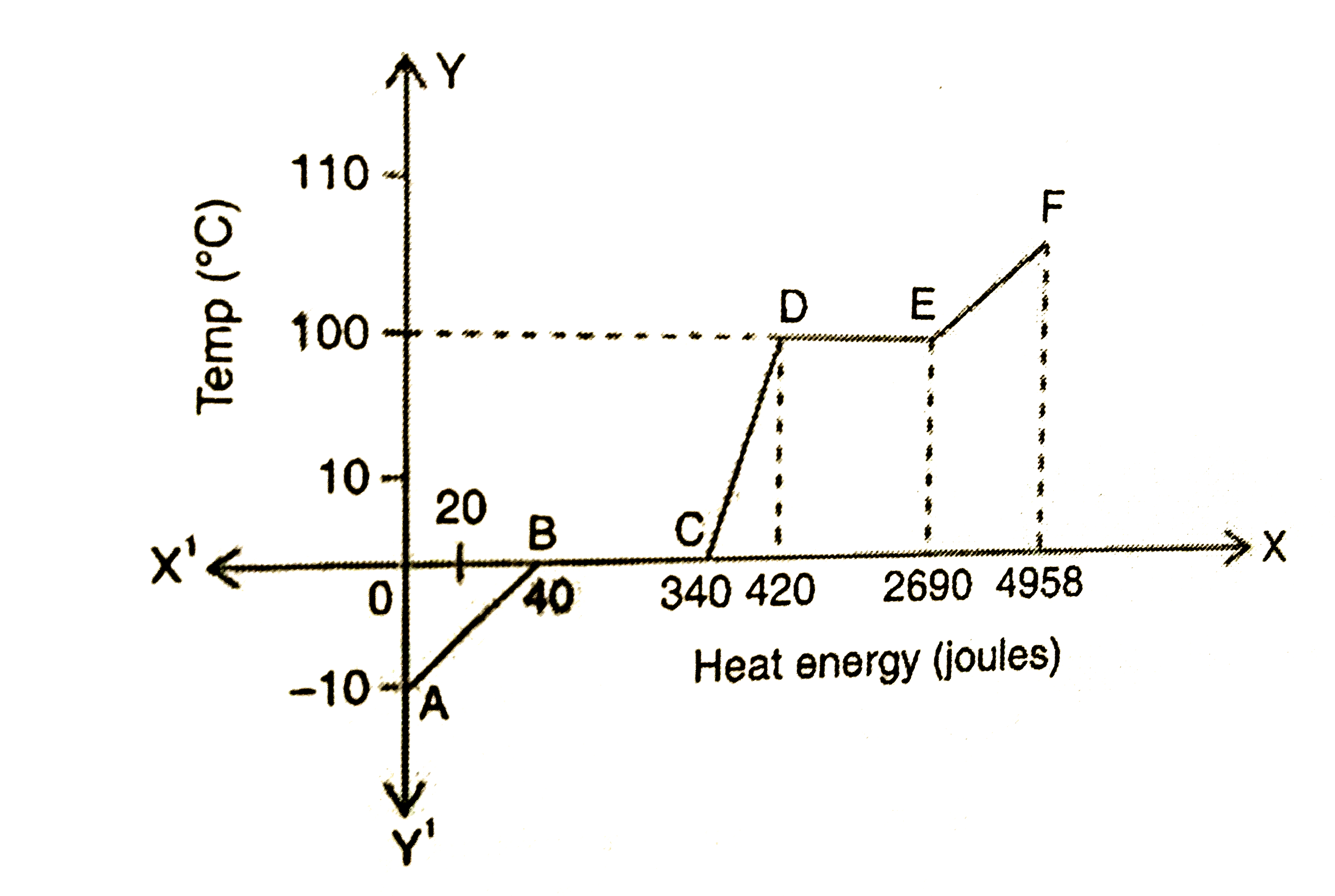The value of the heat of solution for a substance result form an interplay of
solvent-solvent interactions
solute-solute interactions
solvent-solute interactions
All of these
The correct Answer is:4
It results from an interplay of all three kinds of interaction:
Energy is required (ΔH is positive) to overcome intermolecular forces between solvent molecules because the molecular must be separted and pushed apart to make room for solute particles.
Energy is required (positive ΔH) to overcome intermolecular forces holding solute particles together in a crystal. For an ionic solid, this is the lattice enthalpy. Therefore, subdtances with higher lattice enthalpies tend to be less solute than substances with lower lattice enthlpies.
Energy is released (negative ΔH) when solvent molecules cluster around solute particles and solvent them. For ionic compounds in water, the amount of hydration enthalpy released is generally greater for smaller cations than for larger ones because water molecules can approach the positive nuclei of smaller ions more closely and thus bind more tightly. In addition enthalpy generally increases as the charge on the ion increases.
Topper's Solved these Questions
- BOOK - R SHARMACHAPTER - SOLUTIONSEXERCISE - FOLLOW-UP TEST 35videos
SOLUTIONS
- BOOK - R SHARMACHAPTER - SOLUTIONSEXERCISE - FOLLOW-UP TEST 46videos
SOLUTIONS
- BOOK - R SHARMACHAPTER - SOLUTIONSEXERCISE - FOLLOW-UP TEST 15videos
SOLUTIONS
- BOOK - R SHARMACHAPTER - SOLID STATEEXERCISE - Archives28videos
SOLID STATE
- BOOK - R SHARMACHAPTER - STEREOCHEMISTRYEXERCISE - Archives17videos
STEREOCHEMISTRY
Similar Questions
Knowledge Check
- Question 1 - Select One
The enthalpy combustion of a substance
AIs always positiveBIs always negativeCIs equal to heat of formationDNothing can be said without reaction - Question 2 - Select One
A heat of transformation of a substance is
Athe energy absorbed as heat during a phase transformationBthe energy per unit mass absorbed as heat during a phase transformation.Cthe same as the heat capacityDthe same as the specific heat. - Question 3 - Select One
The specific heat of a substance depends on
Amass of the substanceBtemperature of the substanceCnature of material of the substanceDboth (a) and (b)
To a solution of a substance, gradual addition of ammonium hydroxide results in a brown ppt. which does not dissolve in excess of NH4OH. However, when HCl is added to the original solution, a white ppt. is formed. The solution contained
View SolutionTo a solution of a substance gradiual addition of ammonium hydroxide result in a black precipitate which does not dissolve in excess of NH4OH however when HCI is added to the original solution a white precipitate is formed .The solution contained
View SolutionThe amount of heat energy absorbed by the substance to change completely form liquid at its boiling point to gaseous state is ______J
 View Solution
View SolutionTo a solution of a substance, gradual addition of ammonium hydroxide results in a brownish black precipitate which does not dissolve in excess of NH4OH. However, when KI (no in excess) is added to the original solution, a green precipitate is formed. The solution contained:
View SolutionTo a solution of a substance, gradual addition of ammonium hydroxide results in a brownish black precipitate which does not dissolve in excess of NH4OH.However, when Kl (not in excess) is added to the original solution, a green precipitate is formed. The solution contained :
View Solution

